Groove Theory: A new lens for creative professionals who want to find - and hold - their rhythm
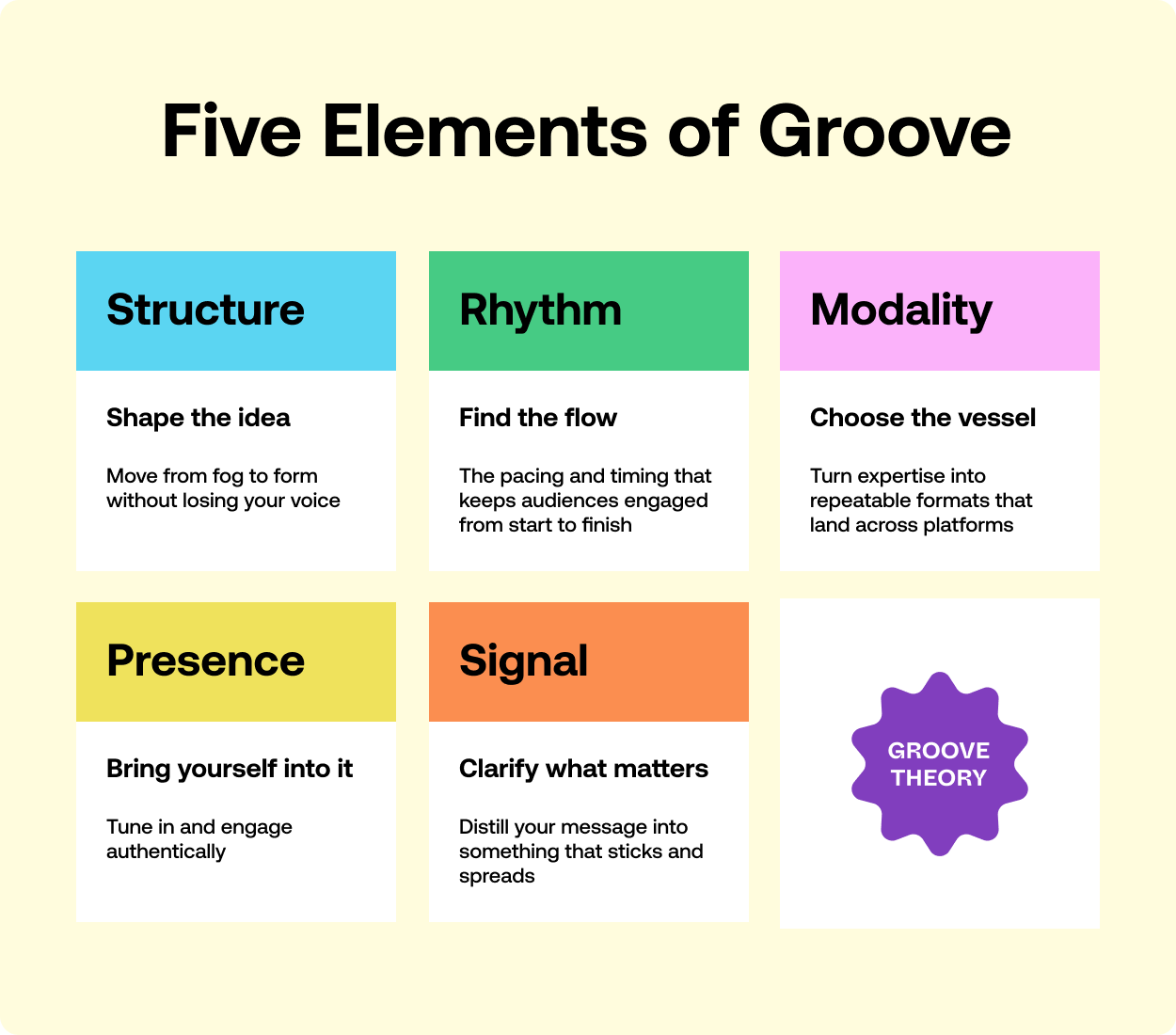
You know your stuff. You've done the work. You're good at what you do - maybe even great. But when it matters most, when the spotlight hits, something goes sideways.
Your voice wavers. Your ideas scatter. Your story slips.
Groove Theory is here to help you find your rhythm - hold it when it counts.
Because you don't need to shout. You need rhythm. You need resonance. You need a groove.
When mistakes become magic
Late night, early 2000s. Three of us were driving from Brighton to London on a whim to see Detroit techno legend Jeff Mills at The End. I was 19. We'd all grown up on drum & bass, a totally different genre - a different culture, a different planet.
The venue, The End, was legendary for its intensity - DJ in the middle of the dancefloor, barely elevated, crowds reaching into the booth. Even drum&bass titan Andy C said it was the venue where he got most nervous before he played - he always stayed in the car until right before showtime.
That night, when Mills started, I remember how alien it felt. Three decks. Tracks slipping in and out in seconds. This slight, quietly focused guy - no showboating, no grand gestures - just fingers moving at lightning speed.
And the crowd - they cheered at times I didn't understand - like when a hi-hat came in. It wasn't about bassline drops.
But Mills made mistakes.
Small ones, constant ones. And somehow, they made it better.
You could hear the crackles in the vinyl, the wobble of the pitch. He was riding three grooves at once, and it was messy and alive and… strangely perfect.
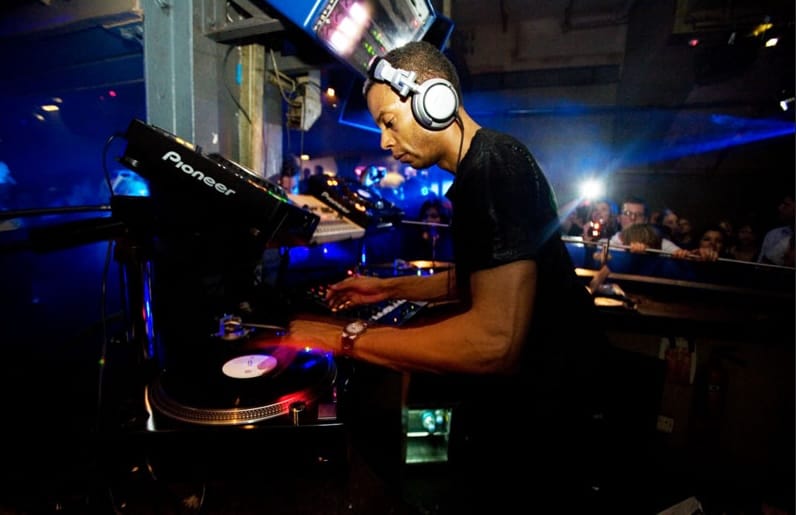
What it had was groove. Not perfection. Not flawless execution. But a rhythm, a presence, a flow that transcended the individual elements. The mistakes weren't failures - they were proof it was alive.
Years later, I'd realize this wasn't just about DJing - it was about any creative work that needs to land with real humans, in real time.
Finding the path to groove
That night at The End stayed with me. Over the next 15 years, I became ever more fascinated by creative people – first as a talent agent for DJs and artists, then as a production partner, educator, and coach.
I watched them navigate high-stakes moments – pitches, gigs, keynotes, career pivots. The patterns became impossible to ignore.
I watched talented people struggle with the same question:
How do you show up fully as yourself while meeting your audience where they are?
I saw it everywhere. Brilliant consultants who nailed the strategy but couldn't get clients to feel it. Workshop leaders with transformative content that somehow fell flat. Creative directors pitching breakthrough concepts to blank stares. Talent managers who believed in their roster but couldn't get the industry to see what they saw.
...And yeah, I saw it in myself. All the time.
But watching all these talented people struggle helped me see the real issue. The edge isn't what you know - it's how you shape it, pace it, and show up within it.
The best performers I encountered had found their groove – that sweet spot where structure creates freedom, rhythm reveals what matters, and presence isn't performed but embodied.
In the past three years, I've watched this approach help:
- A global innovation team shift how they create experiences for clients - from initial chemistry meeting to final project delivery
- A cultural consultant land his dream client by turning a standard capabilities presentation into an immersive experience
- A brand strategist double her rates by changing how she presented insights (same insights, different groove)
The pattern is always the same: they stopped trying to download information and started designing experiences.
And right now, that matters more than ever.
Why now?
Three shifts are making groove essential:
- AI floods the zone with content - but can't deliver presence or trust. The edge is now how you show up live.
- Everyone's building a personal brand - yet most are dancing to the algorithm's tune, chasing likes instead of creating genuine connection.
- We're drowning in information - but starving for connection. What resonates isn't volume, but craft. People crave experiences that feel alive.
Introducing Groove Theory
Groove Theory is a creative lens and rhythm system for navigating the moments that matter in your work.
It's not about productivity hacks, motivation tricks, or presentation tips.
It's about finding – and holding – your groove when it counts. That elusive state where your ideas flow, your presence lands, and your audience feels something shift.
Whether you're pitching a new concept, building a creative venture, guiding a team through change, or navigating a career pivot – Groove Theory helps you design experiences that transform rather than simply inform.
It's where pop culture meets business strategy, where DJ techniques inform workshop design, where mistakes become features, not bugs.
The Five Elements of Groove
The Groove Theory framework consists of five interconnected elements that work together to help you find and hold your groove.

Structure → Shape the idea
Move from fog to form without losing your voice
Turn scattered thinking into something usable and repeatable. The difference between rambling for 20 minutes and landing your point in 2.
Rhythm → Find the flow
The pacing and timing that keeps audiences engaged from start to finish
The rhythm that makes your work feel alive. When you find your flow, you know when to push and when to pause.
Modality → Choose the vessel
Turn expertise into repeatable formats that land across platforms
Sometimes an idea wants to be a workshop. Sometimes a keynote. Sometimes a conversation. Choosing the right format is key to making your work resonate.
Presence → Bring yourself into it
Tune in and engage authentically
Presence isn't about performing – it's about showing up authentically and engaging with what's actually happening.
Signal → Clarify what matters
Distill your message into something that sticks and spreads
The core idea people remember and repeat. In a world of infinite content, clear signal is how you cut through the noise.
These five elements work together as a system - but who needs them most?
Who needs a Groove?
If you've ever stood in front of a room, pitched an idea, or tried to bring a vision to life—you know this feeling.
You might be:
- An agency founder who thinks "I need this pitch to feel tight and premium"
- A consultant helping others transform while wondering "This works, but it could hit harder"
- A creative entrepreneur feeling "I've got a strong POV, but it's hard to shape"
- A rising thought leader thinking "I know it's in here - but I can't pull it out"
The common thread? You're building something that matters, and you need to show up - fully, authentically, effectively - in the moments that count.
Whether that's a pitch, a workshop, a team session, or a career pivot, you're asking the same fundamental question:
How do I stay true to myself while meeting my audience where they are?
That's where groove lives. And that's what Groove Theory helps you find.
What you'll actually get
Yes, another newsletter. But this one's different.
The Groove Theory newsletter isn't theory - it's practice. Every other Sunday, you'll get:
- One Story: How someone in your situation found their groove (and what happened when they lost it)
- One Framework: A practical tool you can use in your next pitch, workshop, or crucial conversation
- One Shift: A cultural insight that reframes how you think about your work
- Ready-to-use materials: Templates and questions for immediate application
Think less "another thought leadership newsletter" and more "coaching session in your inbox."
You'll discover unexpected connections - like how a Japanese village used trading cards to bridge generations, or what stand-up comedians know about first impressions.
Field-tested frameworks grounded in learning science and experience design, developed through work with everyone from EY's global innovation team and The New York Times, to WeTransfer and indie strivers.
No hype. No noise. Just rhythm you can use.
Coming up in the next few months: Live sessions, workshops, and other ways to practice your groove with fellow creators.
Ready to find your groove - and hold it when it matters most?
No spam, no sharing to third party. Only you and me.

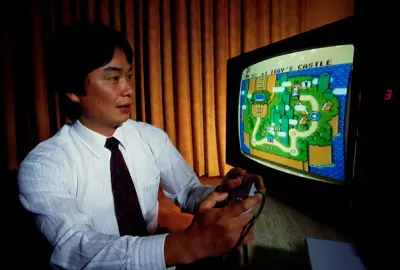


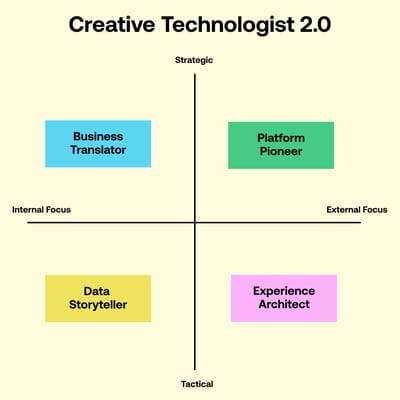

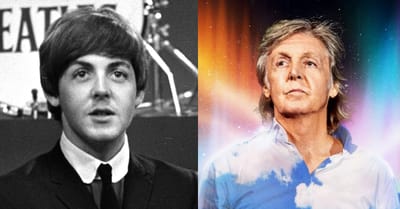
Member discussion